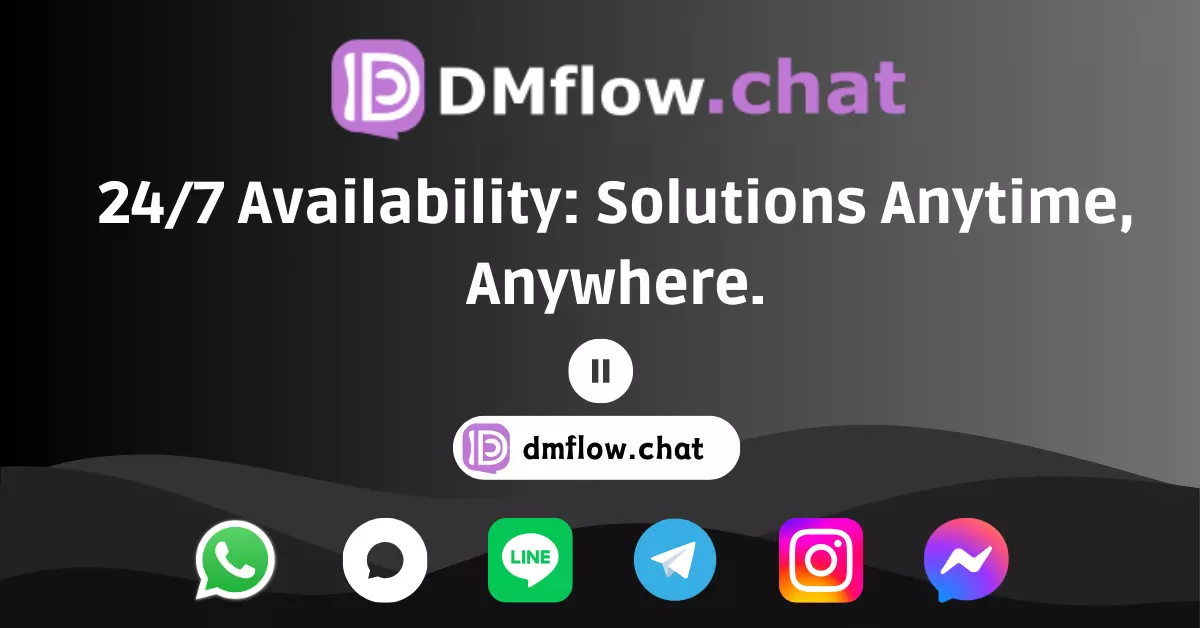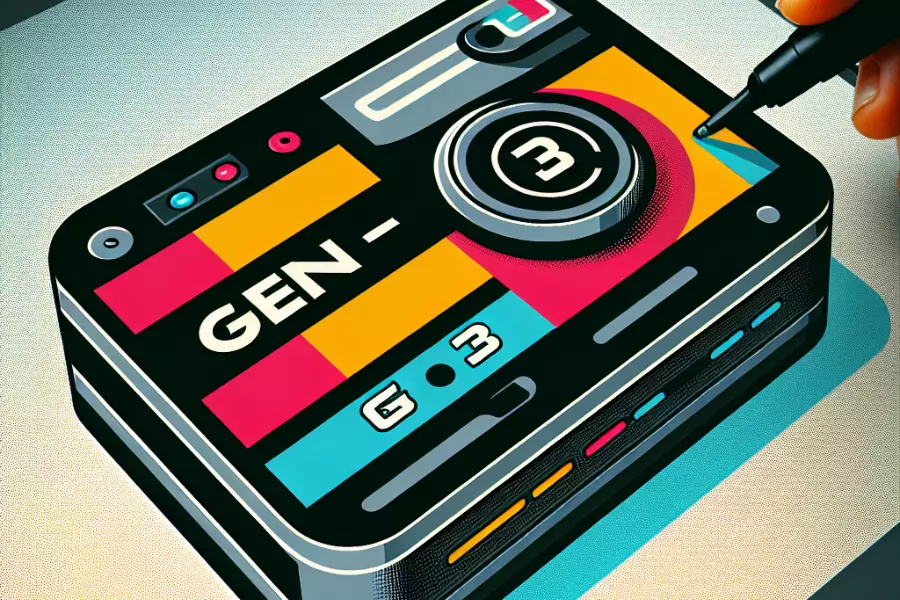Claude Team Drops a Gem! Free Prompt Engineering Guide Sparks a New Wave of No-Code Innovation
Anthropic’s Claude team has released a super in-depth Prompt Engineering Guide. It’s not just for tech pros—it’s a godsend for no-code enthusiasts and anyone looking to get things done with AI! Check out this free resource and see how it can help you bond with AI and easily build applications!
Big news in the AI world—have you heard? The team behind the powerful Claude model, Anthropic, has generously released a comprehensive “Prompt Engineering Guide”! Once the news broke, it immediately stirred up buzz across the community—especially among those into no-code AI development. Many are calling it textbook-level stuff!
You’re probably already familiar with Claude, the AI known for its impressive language skills. Well, this guide is like a key to unlocking Claude’s full potential. It provides a highly structured approach and practical advice to help you communicate better with Claude.
Is This Guide Just for Developers?
You might be wondering if this guide is only for seasoned coders. Nope—this time it’s different! The guide is thoughtfully written so that even if you have zero technical background, you can still use “plain language” to command AI and build powerful apps.
The team breaks things down in videos and docs, showing how well-crafted prompts can lead Claude to understand you better and generate more accurate results. Some experts even say this resource could make no-code development go mainstream by enabling more people to harness AI for creativity or business goals. Exciting, right?
So What’s Inside? Must-Know Techniques Revealed!
This guide is jam-packed with actionable tips and techniques.
Honestly, just knowing these could level up your AI application game:
- Be Clear and Precise: The guide teaches you how to clearly describe your task so Claude doesn’t misunderstand you. The clearer your instructions, the better Claude performs!
- Use Examples to Show the Way: Sometimes words aren’t enough—examples help a lot. The guide shows how to include examples so Claude follows your desired format or style. Super useful for structured content!
- Refine Prompts Iteratively: Complex problems aren’t solved in one shot. The guide recommends iterative prompt optimization—adjusting step by step until you hit the sweet spot. Think of it like sculpting!
- Structure Matters: The team emphasizes “structured prompts.” That means breaking down your needs using XML tags or bullet points to make things easier for Claude to follow—just like SOPs. These insights come straight from their real-world development experience!
Wait, What’s the Difference Between Prompt Engineering and Fine-Tuning?
You’ve probably heard of AI fine-tuning—so how’s that different from prompt engineering? When should you use which?
The guide thoughtfully lays out why you should try prompt engineering first in many cases:
- Cost-Effective: Fine-tuning requires powerful GPUs and tons of memory. Prompt engineering just needs smart wording—less strain on hardware and wallet.
- Model Updates Are No Problem: Fine-tuned models may require retraining after updates. Prompts typically work across versions, saving you time and headaches.
- Faster Results: Fine-tuning can take hours or days. Prompts give near-instant feedback so you can tweak and optimize on the fly.
- Minimal Data Needed: Fine-tuning needs large, labeled datasets. Prompt engineering can work with few or no examples.
- More Flexible: Want to try a new approach? Just edit the prompt—much easier than retraining.
- Quick Adaptation to New Domains: Add domain-specific knowledge to prompts and Claude will adapt—no retraining needed.
- Handles External Info Better: Need Claude to understand your documents or files? Prompt engineering outperforms fine-tuning here.
- Keeps General Knowledge: Fine-tuning can cause “catastrophic forgetting.” Prompt engineering keeps Claude’s broad knowledge intact.
- Easy to Debug: Prompts are transparent—you see exactly what you’re telling the model. That makes it easier to debug and understand its behavior.
In short, prompt engineering is like writing a super clear job description for the AI, while fine-tuning is like enrolling it in a specialized course. And often, that job description is all you need!
Want to Get Started? Do Some Prep Work First!
Before diving into prompt experiments, the guide recommends a bit of prep:
- Clear Success Criteria: Know what success looks like. What output do you expect from Claude?
- Test Method: You’ll need a way to test if your prompt works and meets your success criteria.
- Draft Prompt: Start with a rough prompt, then refine it as you go.
And don’t worry if you’re starting from scratch—there’s even a Prompt Generator in the Anthropic Console to help you out!
The techniques in the guide are ranked by how broadly applicable they are. It’s recommended to start with the top ones and explore from there. Of course, real-world performance will still depend on your specific use case.
Why Is This Guide a Big Deal? It’s About More Than Just Tech
We’re in a pivotal moment for AI. With generative tools popping up everywhere, learning how to effectively communicate with AI models is becoming one of the most important skills.
The release of this guide shows Anthropic’s commitment to not just leading in tech, but making AI more accessible to everyone. That’s a huge step forward for the AI ecosystem.
Imagine a future where more people master prompt techniques—whether it’s for content creation, data analysis, or automating workflows. Claude’s applications will be everywhere, empowering both individuals and businesses. It opens up a whole new world of possibilities.
Free Resource—What Are You Waiting For?
And the best part? This value-packed guide is completely free! You can grab it straight from Anthropic’s official site.
👉 Guide Link: Prompt engineering overview
This is Anthropic’s way of giving back to the community and pushing the boundaries of what AI can do. And with Claude continuing to evolve and users giving feedback, the guide will likely keep improving too—supporting the spread of AI even further.
So what are you waiting for? Go explore! Learn how to talk to AI the right way—who knows, the next game-changing app could be yours. The future’s wide open, right?






